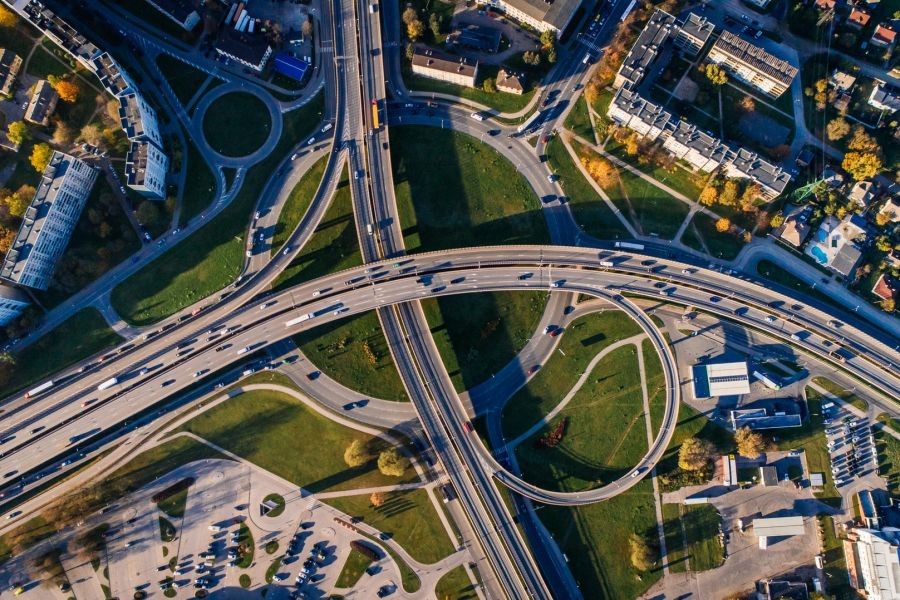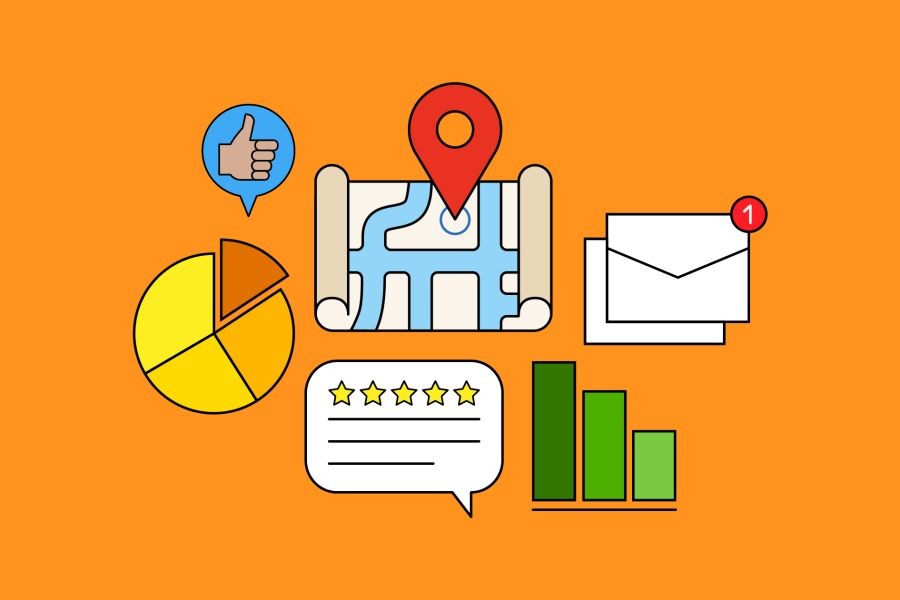New Zealand's road infrastructure is often perceived as straightforward, but beneath the surface lies a complex network influenced by economic, environmental, and technological factors. As New Zealand strives to enhance its transportation systems, understanding the intricacies of its road infrastructure becomes crucial. This article delves into the hidden complexities, using data-driven insights and expert analysis to unravel the challenges and opportunities facing New Zealand's road networks.
🔍 The Economic Backbone of New Zealand's Roads
New Zealand's road infrastructure is more than just a means of transportation; it is the economic backbone that supports industries, tourism, and daily life. According to Stats NZ, transport remains one of the largest sectors contributing to the GDP, emphasizing the vital role roads play in economic growth and development. However, as urbanization increases, the pressure on existing road networks intensifies, necessitating strategic investments and innovative solutions.
🚀 Expert Insight: The Cost of Congestion
Congestion is a significant challenge, costing New Zealand's economy billions annually in lost productivity. The Ministry of Business, Innovation and Employment (MBIE) estimates that traffic congestion in Auckland alone results in a loss of over NZD 1 billion every year. This economic burden underscores the need for efficient road planning and investment in public transport to alleviate traffic woes and enhance connectivity.
🔗 Comparative Analysis: Global Lessons for New Zealand
While New Zealand faces unique challenges, global examples offer valuable lessons. For instance, Singapore's investment in a comprehensive public transport system has significantly reduced road congestion and improved air quality. Applying similar strategies, such as expanding rail networks and integrating smart traffic management systems, could prove beneficial for New Zealand. However, these must be tailored to local conditions and cultural contexts to ensure success.
📊 Data-Driven Insight: Infrastructure Investment Trends
A review of infrastructure investment trends reveals that countries prioritizing sustainable transport systems experience significant economic and environmental benefits. The Reserve Bank of New Zealand highlights that investing in green infrastructure not only addresses environmental concerns but also stimulates economic growth by creating jobs and attracting foreign investment.
🛣️ Real-World Case Study: The Waterview Connection
The Waterview Connection in Auckland serves as a prime example of New Zealand's commitment to improving road infrastructure. This project, which includes a 2.4 km long tunnel, was designed to reduce congestion and improve travel efficiency. Since its completion, the Waterview Connection has significantly reduced travel times and eased congestion in central Auckland, demonstrating the impact of strategic infrastructure investment.
🔍 Case Study Analysis
- Problem: Central Auckland experienced severe congestion, affecting travel times and economic productivity.
- Action: The government invested in the Waterview Connection, a comprehensive tunnel project aimed at easing congestion.
- Result: Travel times reduced by up to 20 minutes, and congestion decreased significantly, showcasing the project's success.
- Takeaway: Strategic infrastructure investments can have a transformative impact on urban mobility and economic productivity.
⚖️ Pros vs. Cons: The Road Infrastructure Debate
✅ Pros:
- Economic Growth: Improved road networks boost economic activity by facilitating trade and commerce.
- Job Creation: Infrastructure projects create jobs, stimulating local economies.
- Connectivity: Enhanced connectivity improves access to services and opportunities.
❌ Cons:
- Environmental Impact: Road construction can lead to habitat destruction and increased emissions.
- High Costs: Infrastructure projects require significant financial investment and ongoing maintenance.
- Displacement: Expansion projects may lead to the displacement of communities and local businesses.
🔍 Common Myths & Mistakes
Despite the apparent benefits, several myths persist regarding New Zealand's road infrastructure:
- Myth: "New roads always reduce congestion." Reality: Research from the University of Auckland shows that new roads can lead to induced demand, where increased capacity encourages more traffic, negating congestion benefits.
- Myth: "Public transport investment is a waste of resources." Reality: Evidence from Wellington's public transport system shows increased ridership and reduced congestion, highlighting its value.
🔮 Future Trends & Predictions
Looking ahead, New Zealand's road infrastructure will likely see increased integration with technology and sustainable practices. According to a report from Deloitte, by 2030, New Zealand could see a 25% increase in the adoption of electric vehicles, necessitating the development of supportive infrastructure. Furthermore, smart traffic management systems are expected to play a crucial role in optimizing road usage and reducing congestion.
🚀 Conclusion: Final Takeaways & Call to Action
New Zealand's road infrastructure is a complex yet vital component of its economic and social fabric. To navigate the challenges and seize the opportunities, strategic investment and innovative solutions are imperative. Are you ready to contribute to the future of New Zealand's transport landscape? Share your insights or join the conversation below!
🔍 Related Search Queries
- New Zealand road infrastructure challenges
- Economic impact of road projects in NZ
- Sustainable transport solutions in New Zealand
- Future of electric vehicles in NZ
- Smart traffic management systems
🔍 People Also Ask (FAQ)
- How does road infrastructure impact New Zealand's economy? Road infrastructure supports economic growth by facilitating trade and commerce, contributing significantly to New Zealand's GDP. (Source: Stats NZ)
- What are the biggest misconceptions about New Zealand's road infrastructure? One common myth is that new roads always reduce congestion, while studies show they can lead to increased traffic demand. (Source: University of Auckland)
- What future trends could impact New Zealand's road infrastructure? By 2030, increased electric vehicle adoption and smart traffic systems are expected to transform New Zealand's transport landscape. (Source: Deloitte)
New Zealand's road infrastructure, while complex, offers a unique opportunity for growth and innovation. By understanding its intricacies, stakeholders can make informed decisions that benefit both the economy and the environment.






























